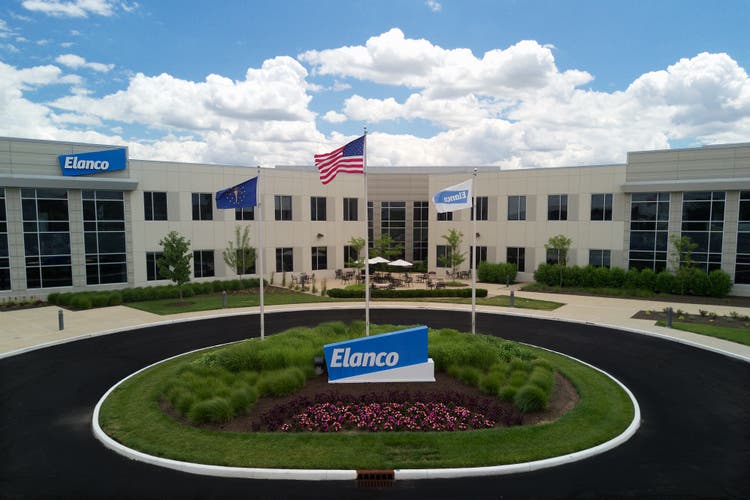In the U.S., SD — transmitted through feces and infecting the large intestine — still occurs occasionally, typically as outbreaks in late summer and early fall. SD is most often observed in nursery and grow-finish pigs but can infect animals as young as three weeks of age. Clinical signs include prolonged diarrhea with or without mucus, evidence of dehydration even if the animal is still drinking, weight loss, erratic appetite, and, occasionally, sudden death. Brachyspira spp. can survive for an extended period in contaminated environments after shedding and is difficult to completely eliminate.
It is important to implement effective biosecurity practices to prevent infection properly. New breeding stock should only come from herds that are known to be free of SD and should be quarantined for 30-60 days. High-risk animals can be treated during quarantine to reduce the possibility of the disease being reintroduced.2
Accurate diagnosis requires veterinary involvement and, often, testing. Three methods are generally implemented for successful elimination of SD from a herd:2
- Segregated Rearing: Remove early-weaned piglets to a clean site while the infected herd is marketed and facilities cleaned and disinfected. This method allows you to avoid the cost of replacing your genetic stock.
- Depopulation: Complete depopulation of premises with endemic SD where biosecurity and sanitation have been difficult to implement, followed by disinfection and a two-week vacancy of animals. Brachyspira spp. typically will not survive for more than two weeks depending on the weather and method of sanitation. It is recommended to depopulate during warm weather.
- Medication: Reduction of the herd to a minimal number of animals to be medicated for recovery — directions for the use of medication should be followed carefully and every animal must be treated.
When you are facing SD, there are options for control as well — if elimination isn’t feasible or economical in your scenario. The use of preventative and therapeutic levels of antibiotics administered through either the feed or the water can offer those herds an advantage. Preventing infection is always preferable to needing to eradicate it — but its presence in the herd doesn’t have to mean a surrender.
BRING THE FIGHT TO THE BARN
With careful biosecurity and the proper tools, producers and veterinarians can control the introduction and movement of Brachyspira spp. in nursery and grow-finish herds. While elimination of established SD is difficult, it is not impossible. Elanco’s portfolio of potential contains valuable tools to battle infection and ensure producers can realize the Full Value of every pig.
The labels contain complete use information, including cautions and warnings. Always read, understand and follow the label and use directions.
TYLAN® INJECTION IMPORTANT SAFETY INFORMATION:
WARNING: NOT FOR HUMAN USE. KEEP OUT OF REACH OF CHILDREN.
- Adverse reactions, including shock and death may result from overdosage in baby pigs. Do not attempt injection into pigs weighing less than 25 pounds (0.5 mL) with the common syringe. It is recommended that Tylan 50 Injection be used in pigs weighing less than 25 pounds.
- Do not administer to horses or other equines. Injection of tylosin in equines has been fatal.
- Swine intended for human consumption must not be slaughtered within 14 days of the last use of this drug product.
- If tylosin medicated drinking water is used as a follow-up treatment for swine dysentery, the animal should thereafter receive feed containing 40 to 100 grams of tylosin per ton for 2 weeks to assure depletion of tissue residues.
TYLAN® SOLUBLE IMPORTANT SAFETY INFORMATION:
CAUTION: Federal (USA) law restricts this drug to use by or on the order of a licensed veterinarian.
- Not for human use. Keep out of reach of children. Avoid contact with skin. Exposure to tylosin may cause a rash.
- Swine must not be slaughtered for food within 48 hours after treatment.





